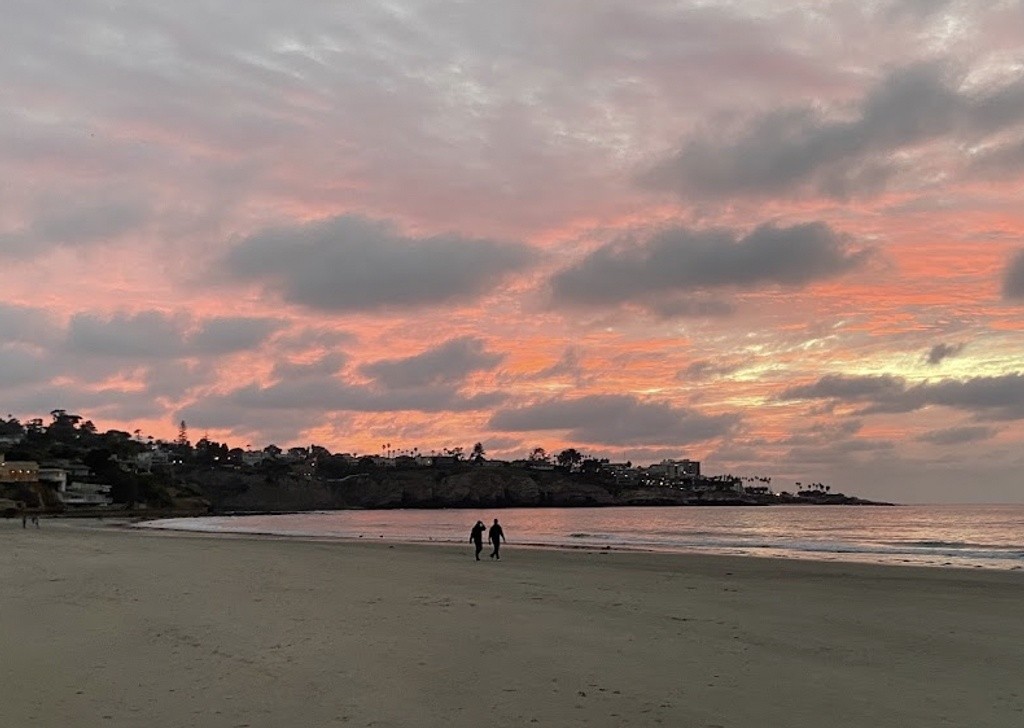Current Water Quality
Failed to meet water quality standards
This status is based on the latest sample, taken on January 6th, 2026 San Diego Coastkeeper updates the status of this beach as soon as test results become available. These results were posted to Swim Guide on January 6th, 2026 at 14:55.
La Jolla Shores - Avenida De La Playa is sampled Weekly from January 1st to December 31st.
About La Jolla Shores - Avenida De La Playa
Current Weather
Source Information
The San Diego County Department of Environmental Health (DEH) monitors 81 coastal beaches across the county. Beaches are monitored year round. Samples are collected daily on a rotating basis; thus, each beach is tested once per week. Water quality testing done by the DEH is based on standards set forth by the state. San Diego County DEH tests for total coliforms, fecal coliforms, and enterococcus bacteria. San Diego Coastkeeper manager the beach water quality updates for this region. Beaches are updated in Swim Guide as results become available. Fecal Contamination Under the guidelines put forth by San Diego County DEH, no person shall operate or permit the operation of a beach or constructed beach unless the water quality in the swimming or bathing area meets the following state standards: Single Samples Total Coliforms: less than or equal to 1,000 total coliform bacteria per 100 ml if the ratio of fecal/total coliform bacteria exceeds 0.1 Fecal Coliforms: < / = 400 fecal coliform bacteria / 100 ml Enterococci: < / = 104 enterococcus bacteria / 100 ml Fecal/Total Ratio: < / = 10,000 total coliform bacteria / 100 ml Geometric Mean Total Coliforms: 1,000 organisms/100 m Fecal Coliforms: 200 organisms/100 ml Enterococci: 35 organisms/100ml If a beach does not meet the standards, an advisory is posted on the San Diego County DEH website (http://www.sdbeachinfo.com/). San Diego Coastkeeper post advisories through the Swim Guide app and website. The current water quality information is also available on San Diego Coastkeeper’s website: http://www.sdcoastkeeper.org/learn/swimmable/san-diego-water-quality/beach-advisories.html San Diego County DEH has two levels of beach postings: Advisories are issued when beach water quality may exceed health standards. Closures are issued when sewage or other chemical spills impact or can potentially impact beach water quality. Note that both advisories and closures are marked RED in Swim Guide. Health advisories are rescinded when the above standards are met. Monitoring Status A beach is marked GREEN in Swim Guide when samples results are below the standards set forth by the state for single samples AND the geometric mean (average of 5 samples). A beach is marked RED when samples results are above the standards set forth by the state for single samples AND the geometric mean (average of 5 samples). A beach is marked GREY if there is no current results or no available information.
Beaches Near This One
SEE All